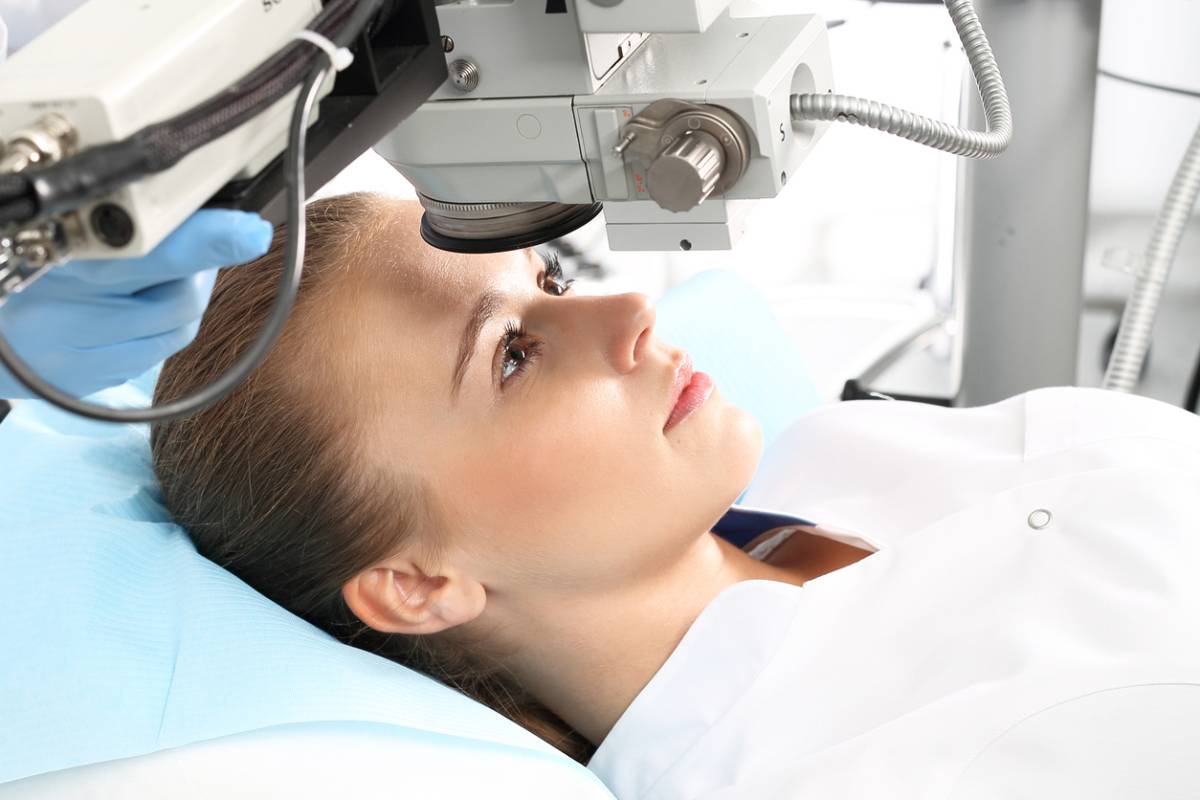Most often, people associate cataracts with older age. In the United States, most cataracts are age-related. They usually affect those who are over the age of 65. But there are multiple types of cataracts that can impact people of all ages. In fact, people can get cataracts when they are young. It can occur in babies just after they are born and even during early childhood. Below you will find more information on cataracts and how it can affect young people. So, can you get cataracts as a child?
Types of Cataracts
There are four types of cataracts, including age-related, secondary, traumatic, and congenital. Which cataracts can you get as a child? Age-related is specifically develops due to older age and is especially prevalent in those who have smoked or have had significant exposure to ultraviolet light. An unintentional issue often causes secondary cataracts during cataracts surgery. It can be due to unintentional cataracts left during surgery. Traumatic cataracts form after an injury to one’s eye. Lastly, congenital cataracts occur when something interferes with the normal growth of a fetus. Under the category of congenital cataracts is childhood cataracts as it can impact both babies and young children.
What Are Cataracts?
A cataract is a buildup of protein in the lens of your eye that prevents light from passing through. The lens is the transparent portion of your eye found just behind your pupil. Your pupil is the black circle in the center of the colored part of your eye. The buildup of proteins can cause issues with vision and can make your eye appear cloudy looking from the outside. Often those with cataracts suffer from blurred or clouded vision. Depending on the severity of the condition, surgical intervention may be required. As with many medical conditions, getting treatment earlier than later is vital for a positive prognosis.
Can You Get Cataracts as a Child?
While cataracts in children are rare, it does occur and requires treatment. Congenital cataracts are also referred to as “childhood cataracts” and can present when a baby is born, or up to their early childhood years. Congenital cataracts are most often present when the baby is born or shortly after. However, developmental cataracts in children can occur when they are small children. While some childhood cataracts does not affect children’s vision, it can and should be treated as soon as possible. This is because it can affect your child’s vision, which can impact various developmental milestones. If left untreated, it can also cause irreversible damage to their eyesight, such as a lazy eye and even blindness.
Cataracts Treatment for Children
If a child’s vision is impacted by their cataracts, surgery is likely necessary. The surgery involves the removal of the affected lens (this can be in one or both eyes). The affected lens may need to be replaced with an artificial lens. However, it is more common for children to wear contact lenses or glasses post-surgery. This helps compensate for the lens that was removed during surgery. Cataract eye surgery Orange County can treat cataracts, which can help reduce the risks posed by untreated cataracts.
Eye Surgery Irvine
If your child struggles with their vision, it is important to schedule an appointment with a medical professional. Childhood cataracts can be treated, and a consultation with an eye surgeon can answer all of your questions. Dr. Ghosheh at Advanced Eye Medical is one of the most well-known and trusted eye surgeons in southern California. He is skilled in cataract surgery and has had years of experience providing a wide variety of services at his clinic. He is focused on providing patients with the most cutting-edge technologies for the most effective eye surgery in Irvine. Contact his office today for an appointment!

